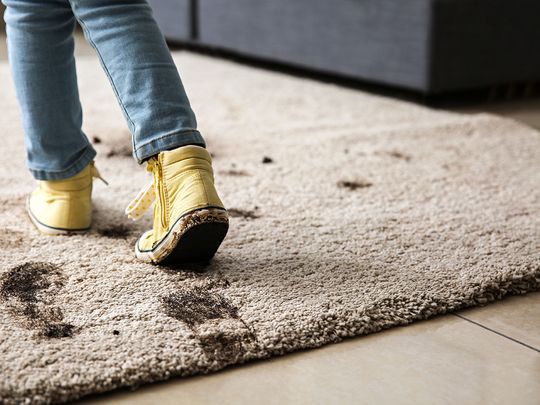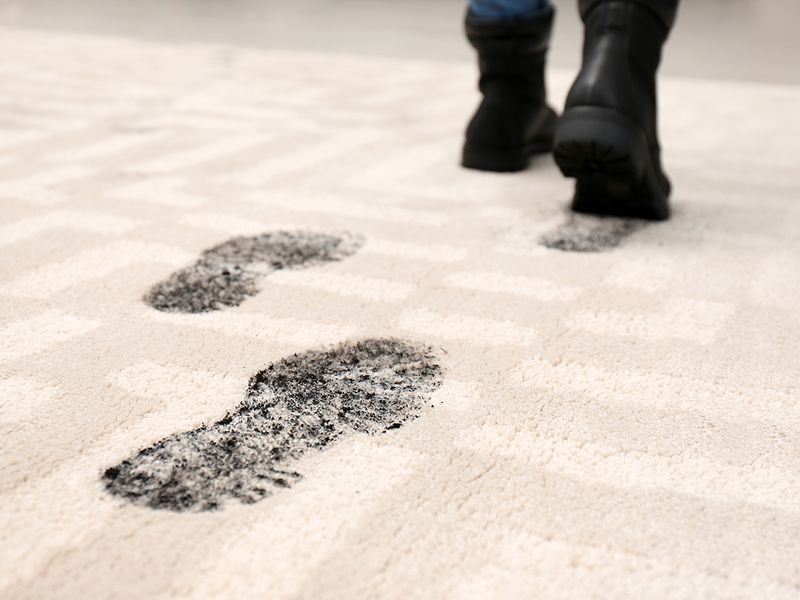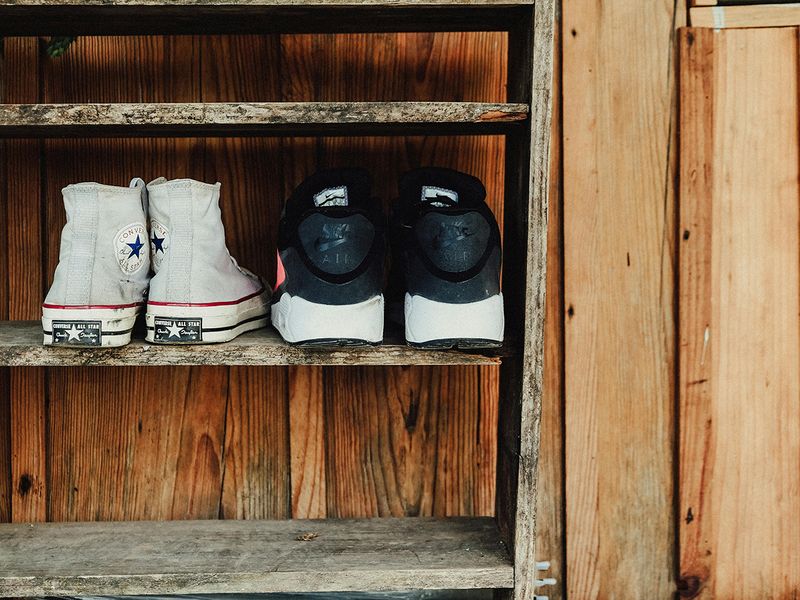
Forget leaving your troubles at the door – with shoes on, you might be bringing them right in. Just walking outside exposes your shoes to a hidden world of bacteria.
The numbers don’t lie: A 2022 study, published in the US-based platform National Library of Medicine, found 17.8 per cent of healthcare workers in a Swiss tertiary care centre had Clostridioides difficile — a bacterium that causes life-threatening diarrhea — on the soles of their shoes.
That’s just one study, among many, to show how shoes can be carriers of various illnesses.
Shoes come into contact with various surfaces outdoors, including sidewalks, streets, and public restrooms,explains Safa Mol Pazheri, a specialist Internal Medicine, Aster Hospital Muhaisnah. These surfaces can harbour harmful bacteria, viruses, and other pathogens. When shoes are worn inside, these contaminants can be transferred onto floors and carpets, increasing the risk of spreading illnesses.
How shoes can be a health hazard

Pesticides, dust, allergens, chemicals: They’re all residing on your shoes.
According to a study by the University of Arizona, the insides and soles of your shoes are teeming with harmful bacteria, one of them being E.Coli, which causes meningitis and intestinal tract diseases. Moreover, it isn’t just E.Coli residing on the shoes: It was several other harmful strains of bacteria, including Klebsiella pneumonia, a bacteria that causes pneumonia, and Serratia ficaria, which can cause a large variety of infections, according to the study. The E. coli strain multiplies rapidly at temperatures above 4.4° Celsius and can result in dangerous food poisoning.

Shoes come into contact with various surfaces outdoors, including sidewalks, streets, and public restrooms. These surfaces can harbor harmful bacteria, viruses, and other pathogens. When worn inside, these contaminants can be transferred onto floors and carpets, increasing the risk of spreading illnesses...
That’s not even the entire list: Your shoes are crawling with more germs, explains Divya Mehra, a Dubai-based family physician. Some of these bacteria can even be drug-resistant, which means that they are harder to kill. Many antimicrobial-resistant microbes have evolved mechanisms that defend them against substances like disinfectants and antiseptics. In other words, antibiotics won’t be as effective if you get an infection from them.
And so, when you walk into the house with these shoes, you’re adding to your own woes. Wearing shoes inside the house becomes a dangerous problem when you don’t clean your floors often, says Mehra. Bacteria just doesn’t stick to the floor like wallflowers: They latch on to dust particles, she explains. And so, when someone or a pet kicks up dust, the bacteria take flight, right into your breathing zone. Worse, as your pets or younger children spend a lot of time playing on the floor, they can directly ingest the bacteria or chemicals.
Fungal infections and allergens
That’s not all, however. Your shoes can also harbour unwelcome guests like mold and mildew. These fungi thrive in the warm, moist environment inside your shoes.
So, walking indoors with these contaminated shoes introduces these fungi into the home environment, explains Pazheri. Inhaling, or coming into contact with these fungal spores can lead to respiratory problems and skin infections, especially for people with compromised immune systems.
Apart from fungal infections, outdoor allergens such as pollen, dust and pet dander can cling to shoes and be brought indoors. “For people, with allergies or asthma, this exacerbates symptoms and leads to respiratory discomfort and other health issues,” she says. And into this deadly mix, you can also be sure that your shoes can carry chemical residues from outdoor pollutants, such as pesticides, herbicides and industrial pollutants.
These chemicals are connected to increased cholesterol levels, changes in liver enzymes, lower baby birth weights, and increased risk of kidney or testicular cancer, decreased vaccine responses in children and an increased risk of high blood pressure in pregnant women, explains Mehra. Another substance that you bring home is, asphalt, which gives off airborne contaminants including particulate matter, oil mist and polycyclic aromatic hydrocarbons.
A build-up of these chemicals, needless to say, can lead to adverse health effects. The icing on this rather miserable cake is that your shoes could also have traces of lead on them, especially if you live in an area with lead-contaminated soil. If your home has older walls, there may be layers of lead paint and lead-containing plaster in the surrounding area. This is a clear recipe for disaster, as lead contributes to learning and behavioural problems such as hyperactivity and stunted growth in children.
What you could do about it

Well, the simplest would be, to establish a shoe-free policy and provide a designated area for storing shoes near the entrance, says Pazheri. Use doormats for both inside and outside entrances to trap dirt and debris from shoes, before entering home. You can even provide indoor slippers to your guests, if need be.
However, it’s not always easy to ask others to remove their shoes before entering a house, we get it. As Mehra explains, some might have deep physical ailments and would prefer to not walk around the house barefoot. Others, might just feel simply awkward to be seen without shoes.
So, the bottom line? If you’ve allowed guests into your home with shoes, clean up properly afterwards, she suggests. Take note of the carpets first; they trap the dust and bacteria easily. In time, it becomes more difficult to disinfect them. On the other hand, you can disinfect them with indoor bleach or other solutions. Vaccum and clean your house routinely, look for disinfectants that are equipped to kill viruses and bacteria.
Meanwhile, while you don’t want to ask your guests to leave their shoes at the door, ask your family members to do so, nonetheless. Take them off at the front door and carry them to the rack, suggests Mehra. Don’t take the germs on a tour with you through the house.









